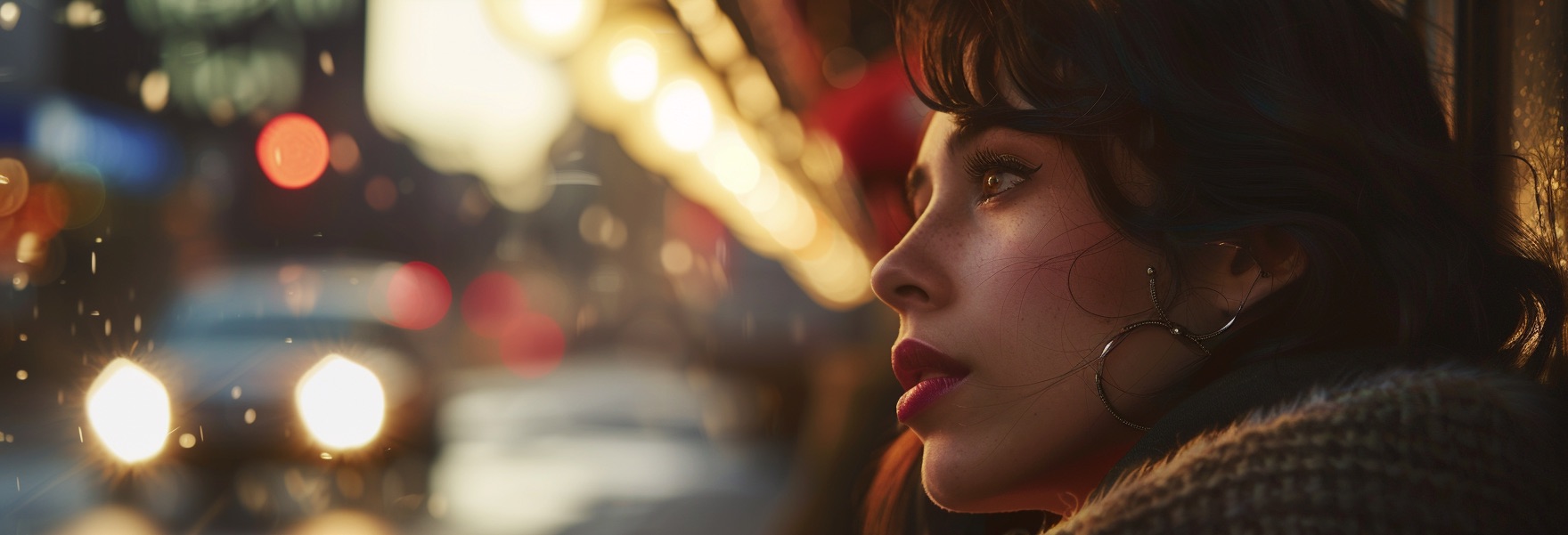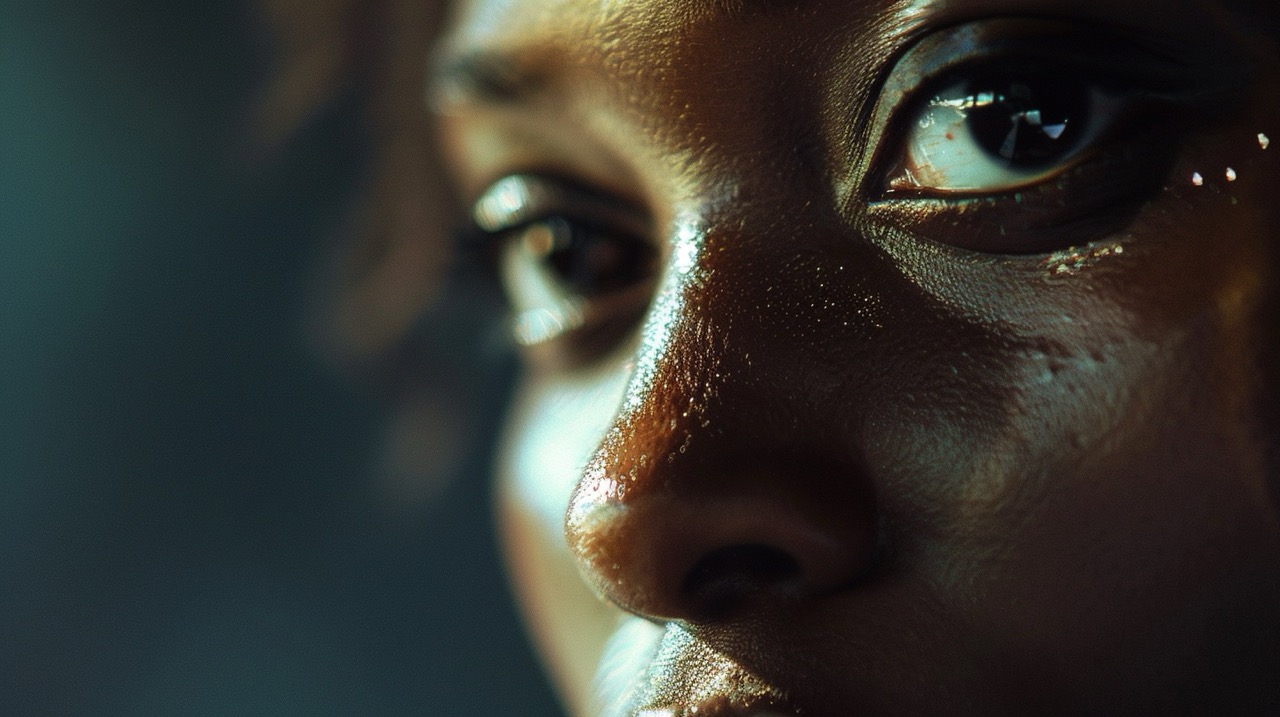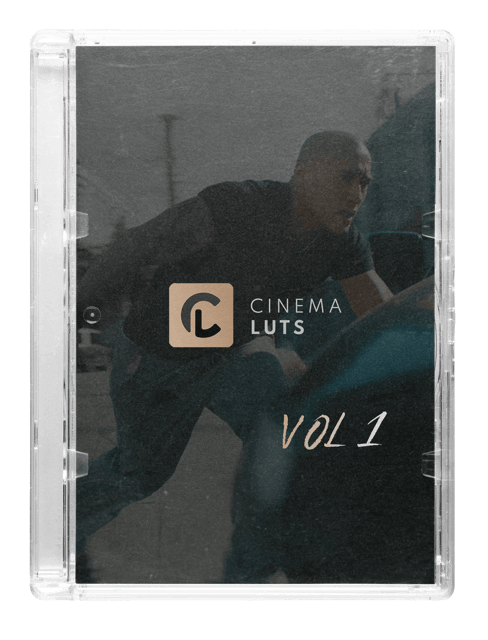Depth of Field (DoF) is a fundamental concept in both photography and cinematography, holding the power to dramatically influence the visual narrative of a film. This artistic element, determined by the range of distance within a photo or video that appears acceptably sharp, is not just a technical detail; it's a storytelling device. Understanding its impact is essential for filmmakers and enthusiasts alike, as it shapes the way viewers connect with the visual storytelling.
At its core, Depth of Field refers to the extent of the scene that is in focus in front of and behind the subject. It is influenced by several factors, including aperture size, the focal length of the lens, and the distance between the camera and the subject. A shallow depth of field means that only a small part of the image is in focus, often used to draw attention to a specific subject, while a deep depth of field ensures that both the foreground and background remain sharp, capturing more detail of the scene.
The aperture, an adjustable opening in the lens through which light passes to enter the camera, plays a pivotal role in controlling DoF. Smaller apertures (represented by higher f-stop numbers) allow less light to enter but increase the DoF, making more of the scene in focus. Conversely, larger apertures (lower f-stop numbers) decrease the DoF, focusing on a narrower range of the scene.
Focal length, the distance between the lens and the image sensor when focused on a subject, also impacts DoF. Longer focal lengths result in a shallower DoF, ideal for close-ups with blurred backgrounds. The distance between the camera and the subject further affects DoF; closer distances narrow the DoF, emphasizing the subject against an out-of-focus background.

Depth of Field is a powerful tool in the filmmaker's arsenal, used to guide the audience's focus. By adjusting the DoF, filmmakers can highlight a character, object, or specific part of the scene, subtly directing the viewer's attention and enhancing the storytelling. A shallow DoF is often used in emotional or intimate scenes, isolating the subject from the background to draw the viewer closer. In contrast, a deep DoF is used for establishing shots and scenes requiring detailed context, allowing the audience to take in the entire setting.
The choice of DoF also plays a crucial role in setting the mood and atmosphere of a scene. A shallow DoF can create a sense of isolation or introspection, making the subject stand out in a sea of blur, while a deep DoF can convey the vastness of a landscape or the bustling nature of a crowded room. Filmmakers manipulate DoF to evoke specific emotions, whether it's the loneliness of a character or the chaos of an action scene.
In film production, maintaining visual continuity is essential for the coherence of the narrative. DoF must be carefully considered during editing to ensure a seamless transition between shots. Changes in DoF can be jarring if not handled correctly, potentially distracting the viewer. By maintaining a consistent DoF or using changes strategically, filmmakers can enhance the flow of the film, making the visual experience more immersive.

Achieving the desired DoF is not without its challenges. It requires a thorough understanding of camera settings and the interplay between aperture, focal length, and subject distance. Filmmakers must also contend with lighting conditions, as smaller apertures (higher f-stop numbers) necessitate more light. This balance between technical settings and artistic vision is a critical aspect of cinematography, demanding both technical skill and creative sensitivity.
Depth of Field is much more than a technical consideration; it's an expressive tool that shapes our visual experience of a film. By manipulating DoF, filmmakers can direct attention, convey emotions, and enhance the narrative, making it an indispensable element of cinematic storytelling. As viewers, understanding the impact of DoF allows us to appreciate the subtleties of film production and the artistry involved in bringing a story to life.

CINEMA LUTS VOL. 1
Turn your footage into cinematic masterpieces with our 1-Click solution LUTs. Over 30 handcrafted presets are waiting for you!
Free Tools
LUT Converter (65 to 33)
© cinema-luts.com
Imprint - Privacy Policy - Cookies - Blog